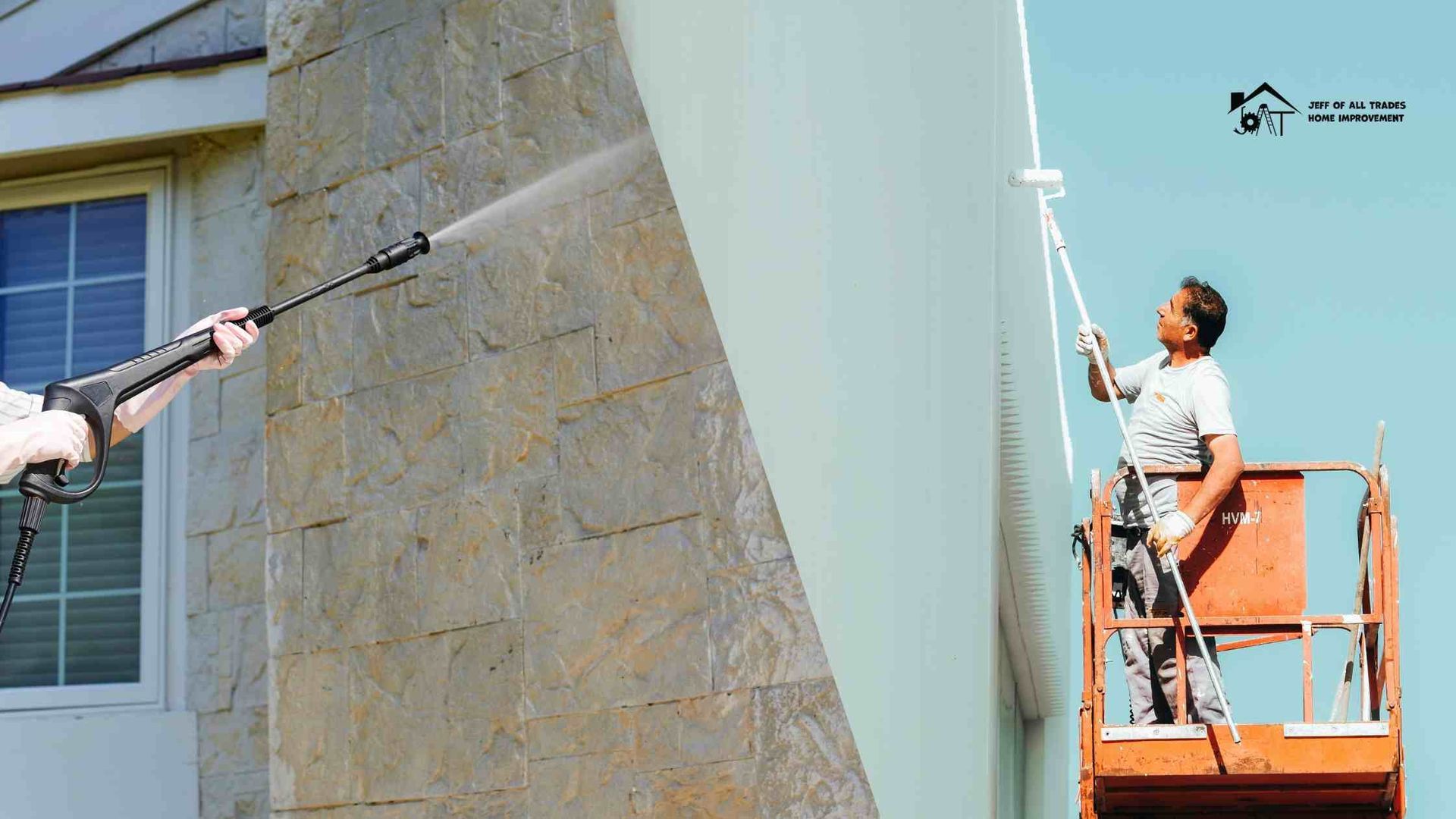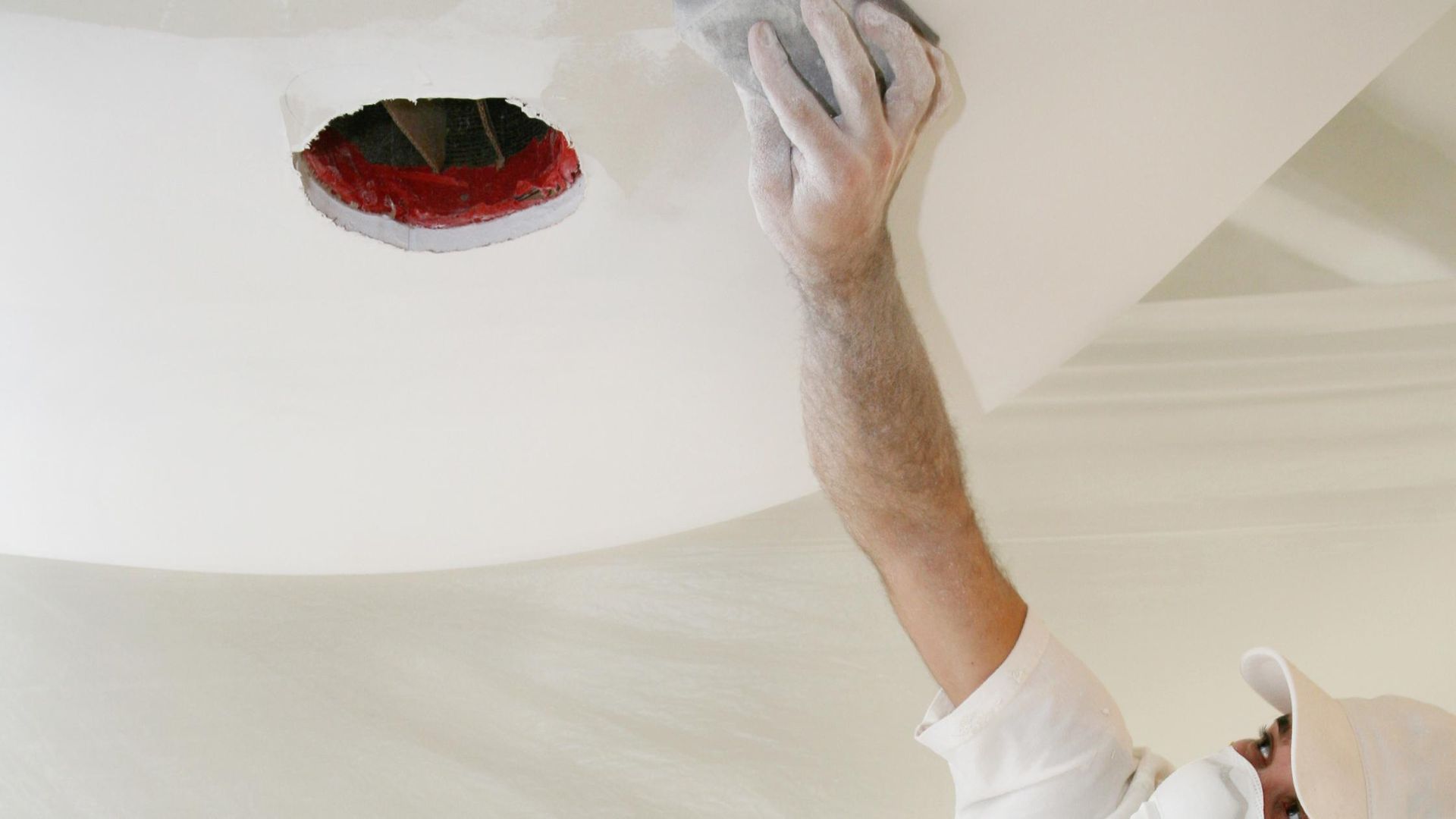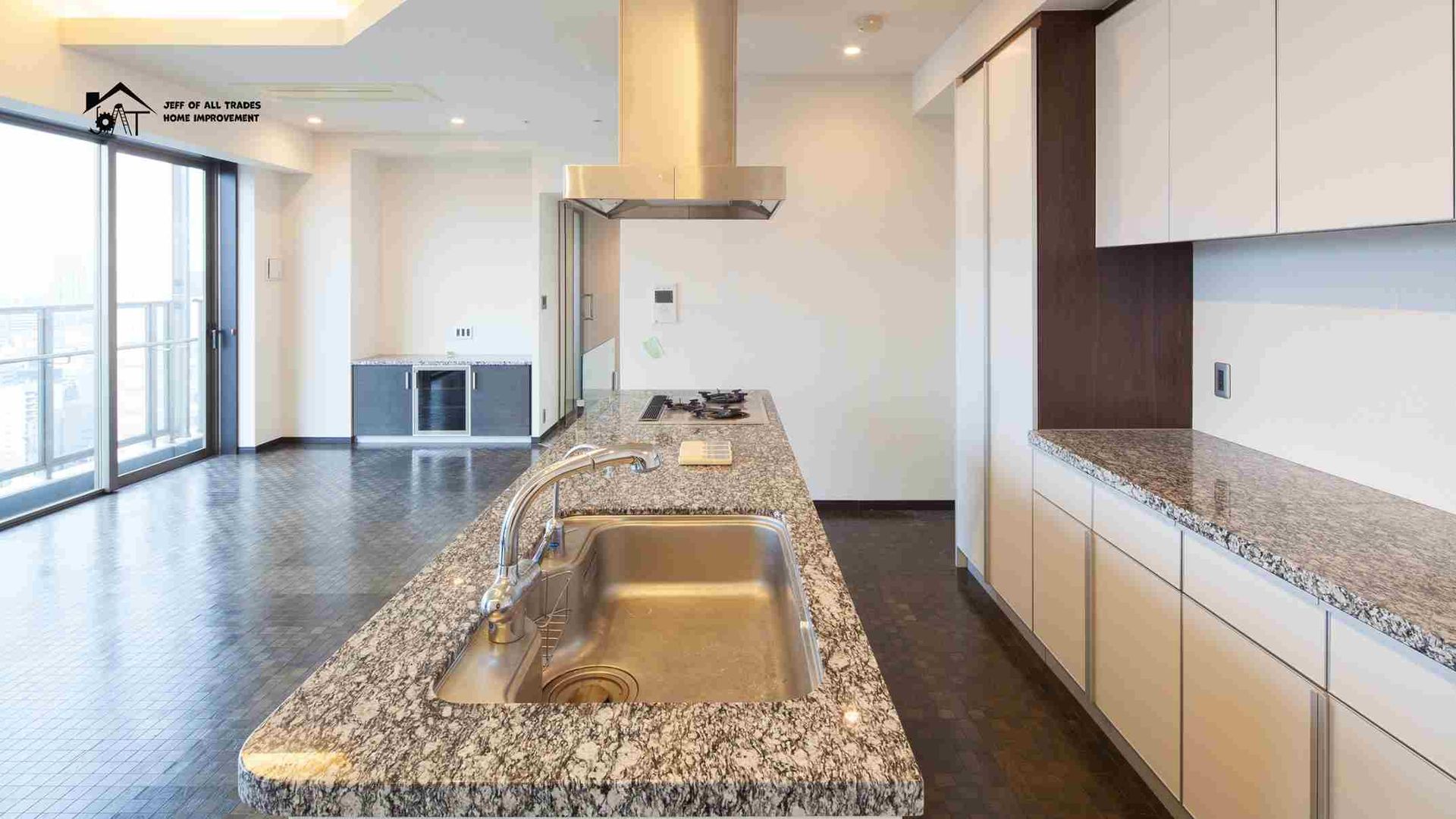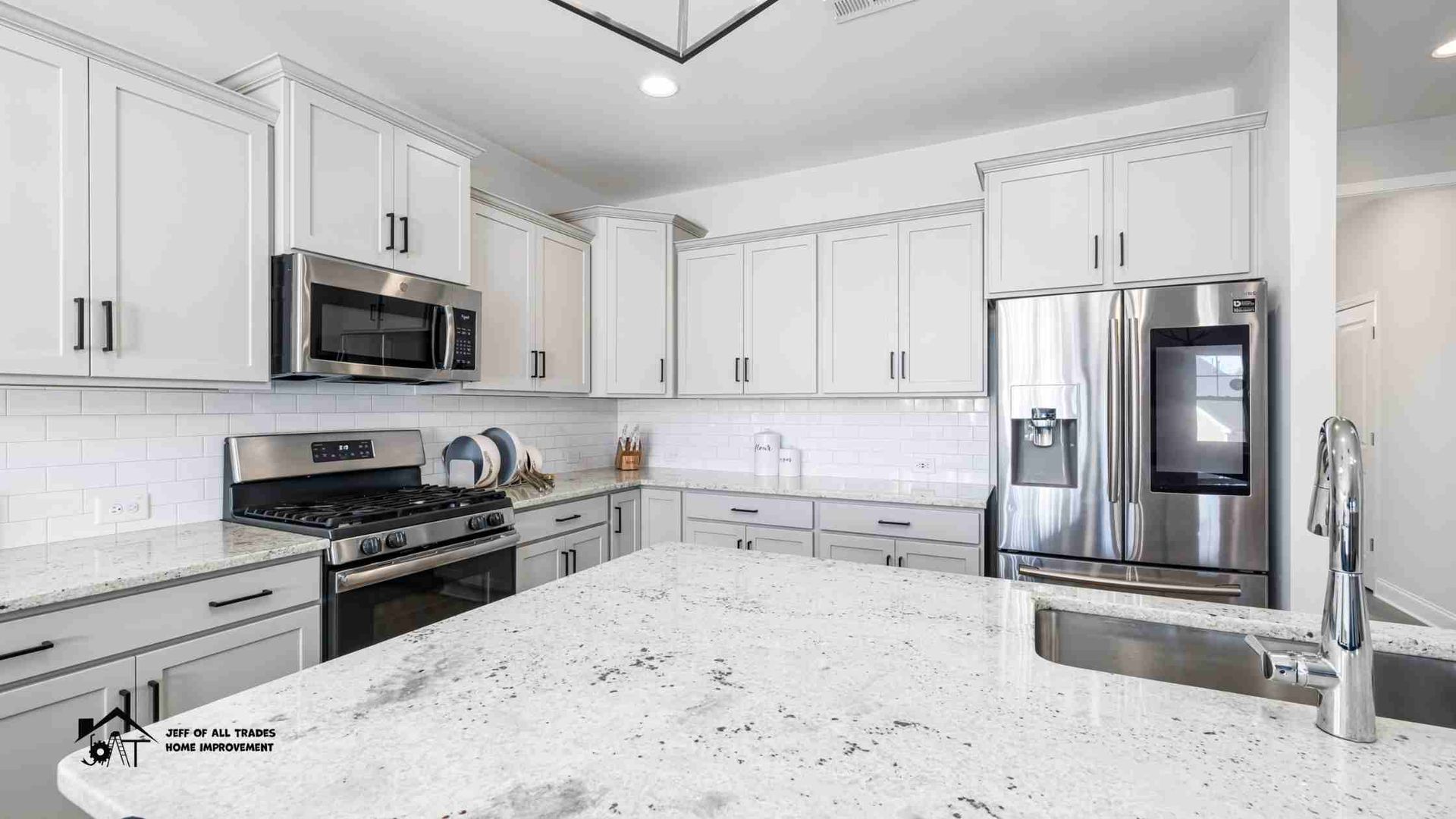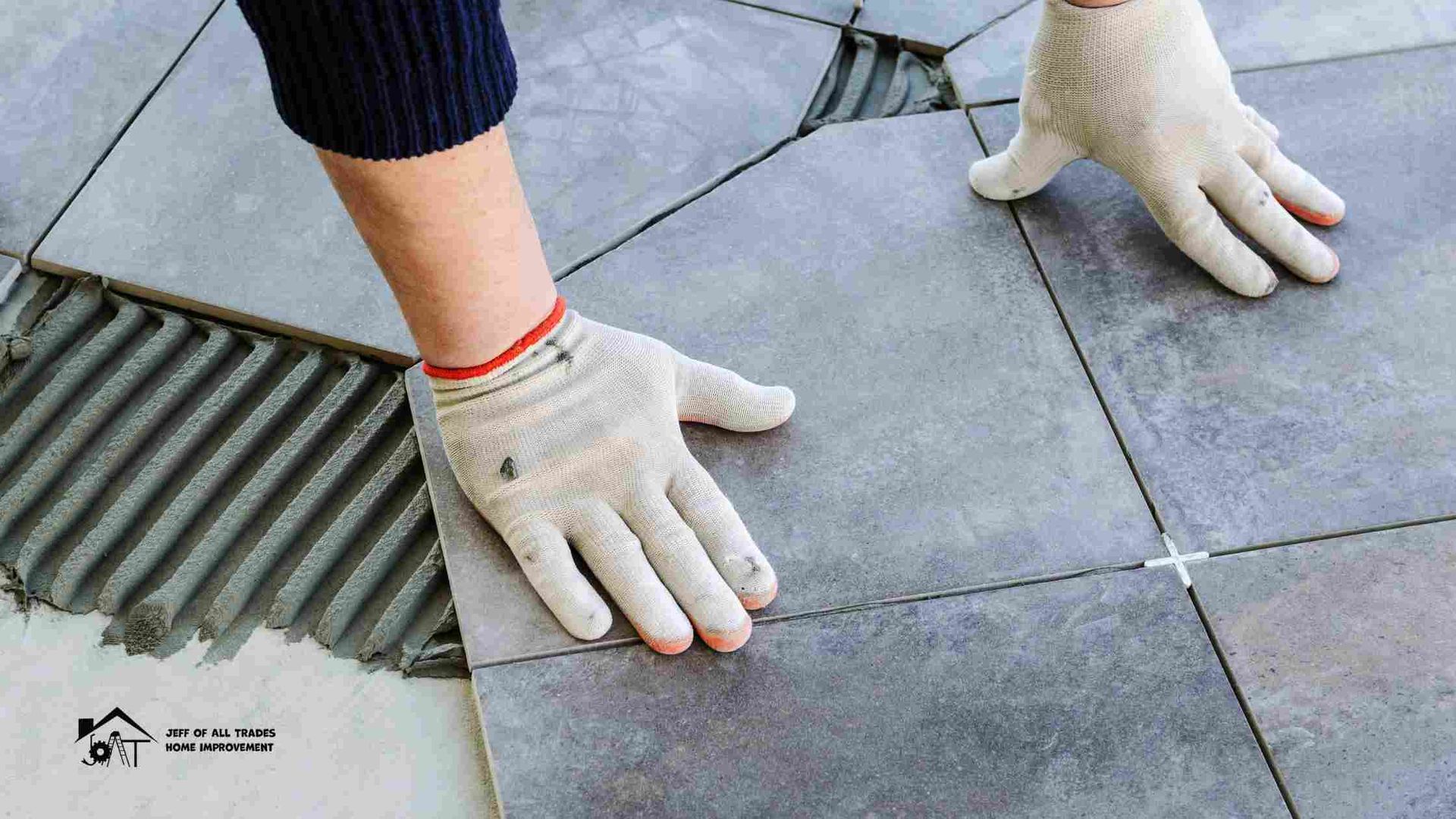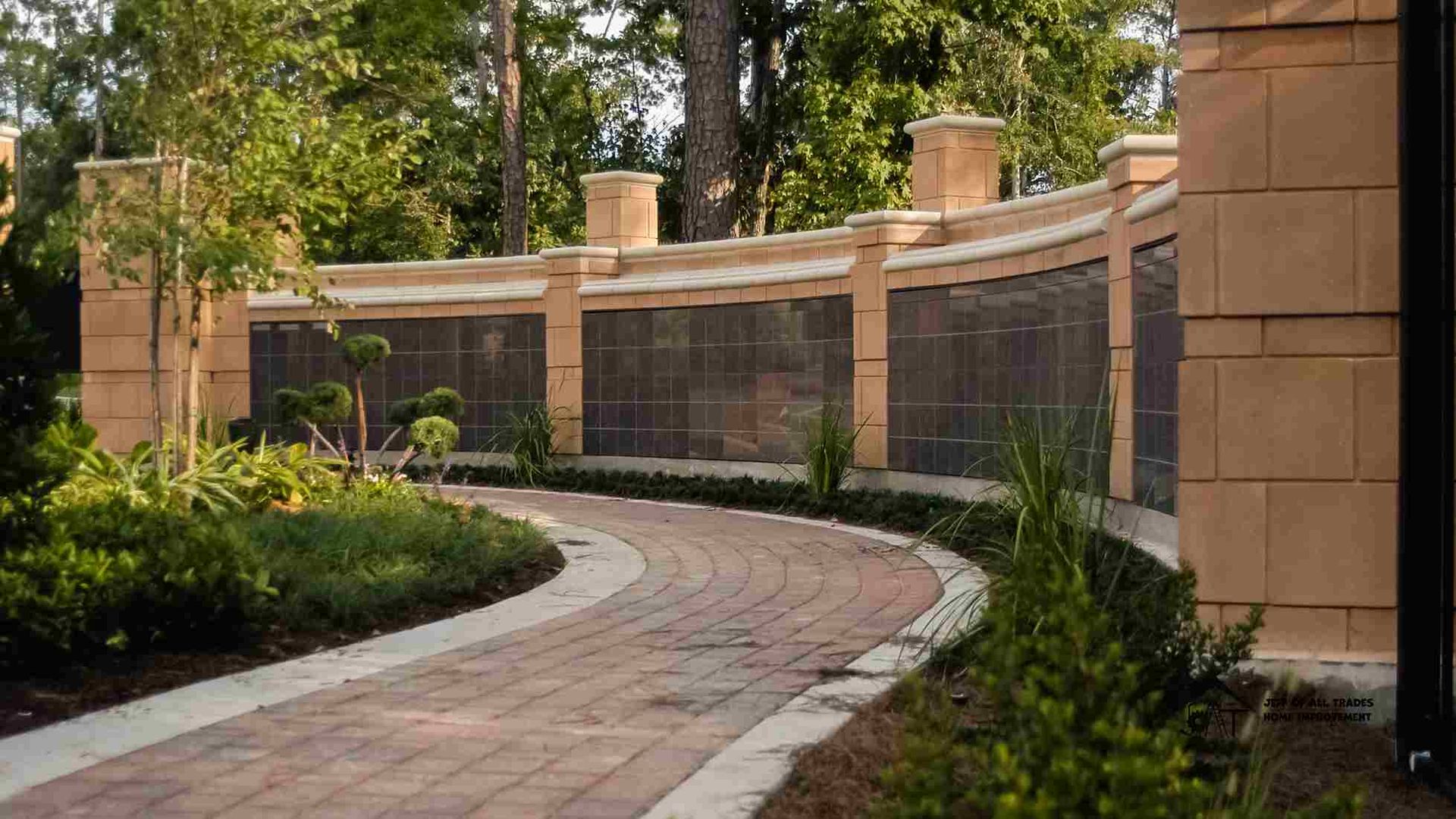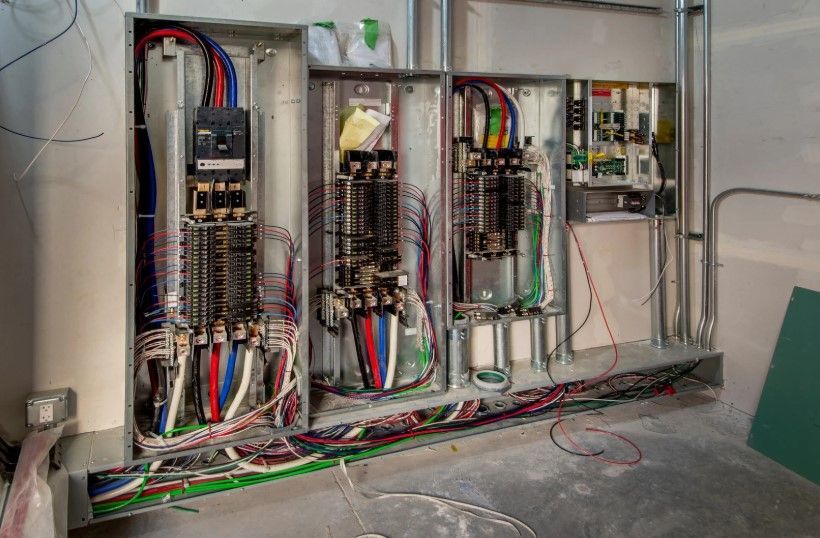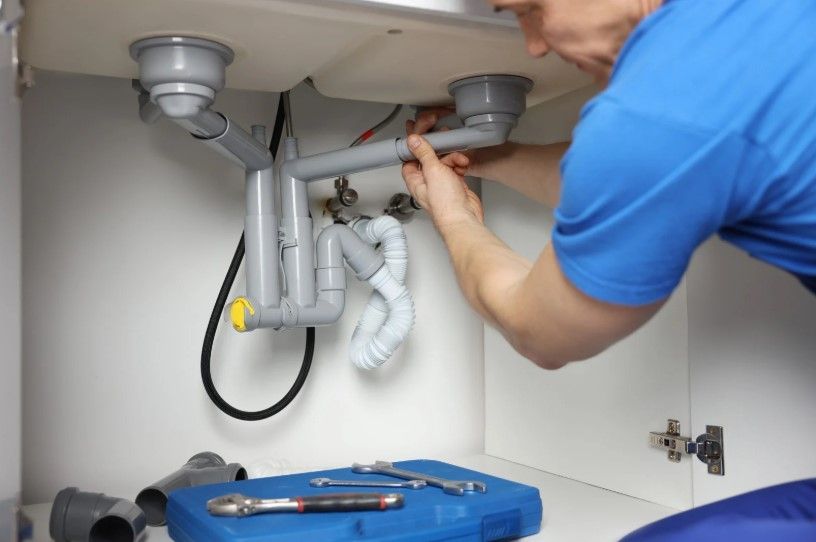Patio Door Installation Steps and the Energy-Efficiency Benefits for New Jersey Homes
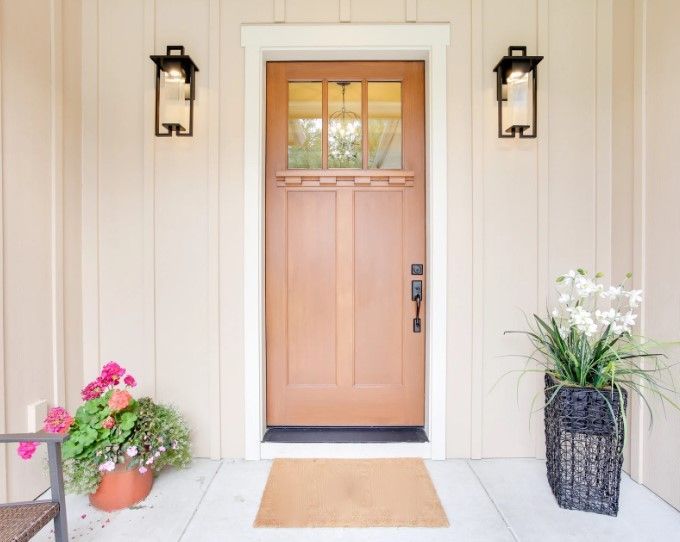
Open a patio door and you blur the line between Jersey backyard barbecues and cozy living-room lounging. Do it wrong, and you’ll blur something else—your energy budget. This comprehensive guide shows you how a properly executed patio door install NJ project pays you back in comfort, curb appeal, and lower utility bills. We’ll compare sliding versus French styles, demystify modern Low-E glazing, walk through Jeff’s start-to-finish installation checklist, and wrap with a no-pressure—but very persuasive—call to action.
Sliding vs. French Patio Doors: Which Fits Your Lifestyle?
| Factor | Sliding | French (Hinged) |
|---|---|---|
| Footprint | One stationary panel + one gliding panel; ideal where interior or deck space is tight. | Dual panels swing in/out; needs ≥2.5 ft of clearance on the swing side. |
| Ventilation | Opens to 50 % of the total width. Optional vent latch for kid-safe air-flow. | Full-width opening if both leaves are active; screens optional. |
| Aesthetics | Contemporary, slim sightlines, and a more glass-to-frame ratio. | Traditional, architectural charm, wider stiles & rails. |
| Maintenance | Track cleaning, roller replacement every 8–10 yrs. | Hinge lubrication, occasional realignment; no tracks to clog. |
| Security | Multi-point hook locks + auxiliary foot bolt. | Deadbolt + top/bottom shoot bolts; swing-out versions need exterior hinges with security pins. |
| Energy performance | Comparable with modern thermally broken frames and Low-E IGUs. |
Quick rule of thumb:
- Choose sliding if your deck furniture crowds the opening or if you’re chasing a modern, maximally glazed look.
- Choose French when architectural character matters more than floor space and when you want a dramatic dual-leaf opening for parties.
Why Low-E Glass Matters in the Garden State Climate
New Jersey suffers from the awkward adolescence of climates: humid, hazy summers and bone-chilling Nor’easters. Low-emissivity (Low-E) coatings solve both issues.
- Winter bonus: Interior heat is infrared; Low-E reflects up to 70 % back into the room, trimming heating bills by 8–14 % compared with clear double-pane glass.
- Summer shield: The same coating blocks 40–60 % of solar gain, cutting A/C runtime.
- UV protection: Up to 95 % of UV rays stopped—goodbye, faded hardwood floors.
- Condensation control: Warmer interior pane temperature reduces fogging around the frame.
Look for U-factor ≤ 0.30 and Solar Heat Gain Coefficient (SHGC) ≤ 0.27 to satisfy New Jersey’s 2024 energy code and qualify for the $600 Federal Energy Star door tax credit.
Anatomy of a High-Performance Patio Door
Frame Material
- Vinyl (uPVC): Affordable, low maintenance, decent R-value.
- Fiberglass: Thermally stable, paintable, R-value rivaling wood.
- Clad-wood: Wood interior, aluminum exterior—heirloom look; needs finish upkeep.
Glazing Package
Dual or triple pane, argon or krypton gas fill, warm-edge spacers to prevent seal failure.
Weather-stripping
Compression gaskets at jambs, brush seals on sliders, sill dams with weep holes.
Hardware
Stainless steel rollers, adjustable hinges, multi-point locks, keyed exterior handles.
A complete package can deliver effective R-5 (roughly equal to a 2 × 4 wall with batt insulation).
Jeff’s Six-Step Patio Door Install NJ Process
Jeff Costello—NJ HIC #13VH00921800 & Lead-Safe Renovator—runs an eight-hour, mess-contained process honed over 1,200 door installs.
Step 1: Pre-Site Assessment
- Laser-measure rough opening height/width, check for out-of-square framing.
- Moisture meter scan on the header and sill.
- Verify wall thickness for correct jamb extension.
Step 2: Demolition & Rough-Opening Prep
- Remove interior casing and existing unit.
- Inspect sub-sill; replace rotted framing with PT lumber.
- Flashing pan fabricated from flexible butyl membrane + ¼-inch slope-out shims.
Step 3: Dry-Fit & Shim
- Position the door, centering for an equal reveal.
- Composite shims at hinge or roller locations; laser level ensures plumb within 1⁄16 in.
Step 4: Anchor & Flash
- Structural screws through the jamb into jack studs every 16 in.
- Backer-rod + high-performance polyurethane sealant around perimeter.
- Kapton tape or butyl flashing laps the top flange over the WRB.
Step 5: Insulate & Trim
- Low-expansion closed-cell foam in shim gaps (won’t bow frame).
- Re-install interior casing or new Craftsman trim package.
- Exterior PVC brickmould sealed with color-matched caulk.
Step 6: Hardware Tune & Walk-Through
- Adjust rollers or hinges so the door latches with a two-finger pull.
- Engage locks, test screen glide.
- Homeowner orientation on maintenance, warranty registration, and energy-credit paperwork.
Total downtime: one day; clean-site guarantee—Jeff hauls away the old door for recycling at no extra charge.
Common DIY Pitfalls (and How Jeff Avoids Them)
- Skipping pan flashing → water intrusion rots the subfloor within three winters.
- Spray-foam overload → bowed frame, sticky rollers, warranty voided.
- Nailing fins in shear zones → door drifts out of square; Jeff uses structural screws into jack studs instead.
- Zero sill slope → puddles meet interior oak floors; Jeff achieves 1⁄8-in. Slope outwards.
FAQs: Patio Door Installation Steps and the Energy-Efficiency Benefits
How long does a quality patio door last?
Vinyl/fiberglass frames with Low-E IGUs average 25–30 years. Wood-clad lasts similarly but needs refinishing every 3–5 years.
Can I retrofit triple-pane glass later?
No. IGUs are sealed at the factory; swapping glass panels usually costs more than buying a new door.
Are there hurricane-rated patio doors for Jersey Shore homes?
Yes—look for ASTM E1996 & DP50 ratings. Laminated impact glass adds $400–$700 but may net insurance discounts.
Do smart locks work on patio doors?
Absolutely. Jeff often fits Yale or Schlage sliding-door inserts that integrate with Z-Wave or Wi-Fi hubs.
How soon can I paint or stain the new frame?
Fiberglass: prime within 24 hrs. Wood interior: wait until the moisture content drops below 12 %—usually two weeks.
Persuasive Close—Why Wait?
Picture a January evening: the fireplace crackles, but you feel a ghostly draft by your ankles. Or a July afternoon: the A/C hums, yet the living room still wilts. Those comfort leaks translate to real money sliding—pun totally intended—right through your outdated patio door.
An upgraded patio door installation in an NJ project with Low-E glass:
- Saves $190+ every year in energy.
- Banks have a $600 federal credit this tax season.
- Elevates resale value by 1–3 % (per 2024 Zillow data).
- Locks tighter, glides smoother, and turns backyard cookouts into show-stopping indoor-outdoor gatherings.
Jeff’s licensed crew can measure on a Tuesday and have you sipping coffee through a crystal-clear opening by Saturday—permit, haul-away, and lifetime workmanship warranty included. Call 908-963-3533 or email jeffofalltradeshandymanservice@gmail.com for patio door installation services.
Energy is only getting pricier; your comfort shouldn’t. Slide—or swing—into a smarter, tighter, better-looking home today.



